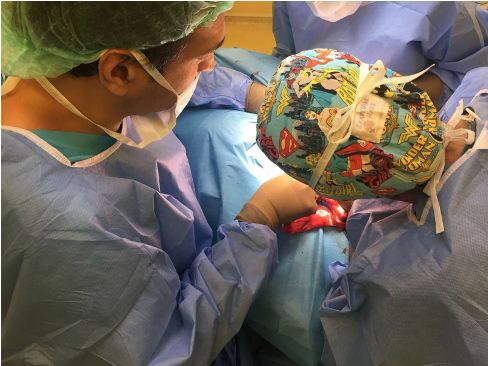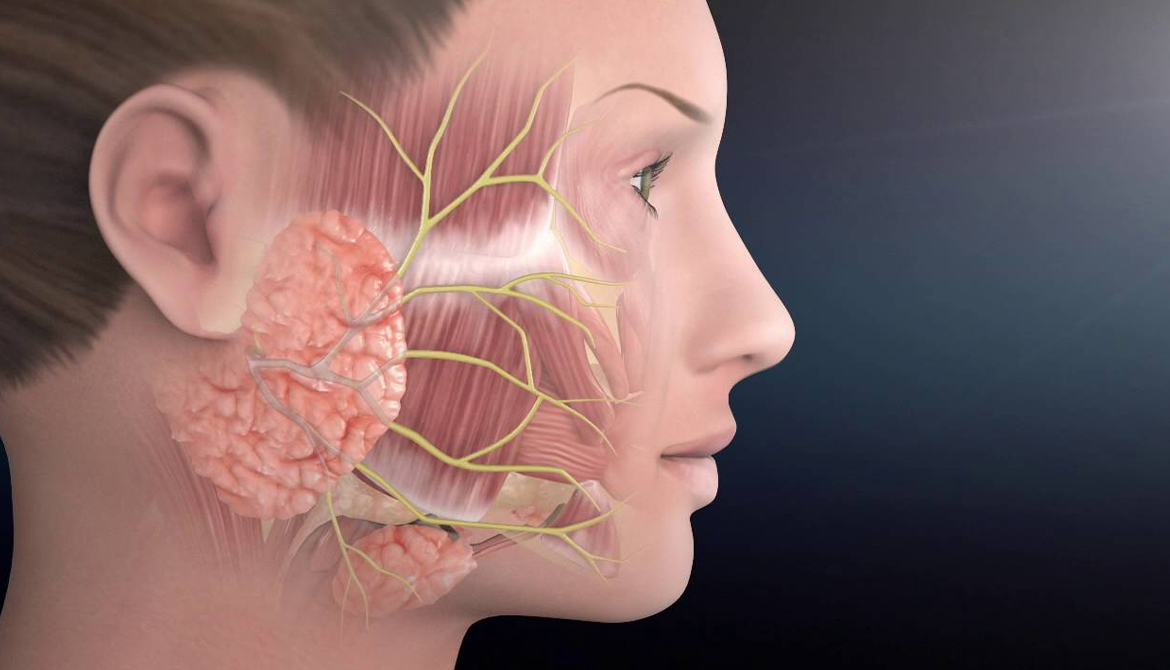Salivary Gland Tumors: Causes, Symptoms, and Treatment Methods
Salivary Glands and Tumors
Salivary glands are responsible for producing saliva in the mouth and throat. There are three major paired salivary glands:
- Parotid Gland – The largest salivary gland, accounting for about 80% of all tumors.
- Submandibular Gland – About 10% of tumors occur in this gland.
- Sublingual Gland – The least common site for tumor development.
In addition to these, there are hundreds of minor salivary glands located in the oral mucosa, lips, and laryngeal area. Tumors originating from minor glands are rarer but tend to be more aggressive.
Salivary gland tumors usually appear as slow-growing, painless masses. Most are benign, but some can be malignant.
Causes of Salivary Gland Tumors
Although the exact cause is unknown, certain risk factors may contribute to the development of salivary gland tumors:
- Genetic factors: Risk may increase in individuals with a family history.
- Radiation exposure: Radiotherapy to the head and neck increases risk.
- Smoking and tobacco use: Strongly associated with Warthin’s tumor.
- Chemical exposure: Long-term exposure to heavy metals, pesticides, and industrial chemicals increases risk.
- Viral infections: Epstein-Barr virus and HIV can cause abnormal growths in the glands.
About 80% of salivary gland tumors are benign. However, malignant tumors may grow rapidly and invade surrounding tissues.
Types of Salivary Gland Tumors
Benign Tumors:
- Pleomorphic Adenoma: The most common type, typically found in the parotid gland. It is slow-growing and painless, but may become malignant if left untreated.
- Warthin Tumor: More common in smokers and often bilateral. Presents as a soft, cystic mass.
- Myoepithelioma, Basal Cell Adenoma, Oncocytoma: Rare benign tumors.
Malignant Tumors:
- Mucoepidermoid Carcinoma: The most common malignant salivary gland cancer. It may grow slowly or behave aggressively.
- Adenoid Cystic Carcinoma: Known for nerve invasion and causing severe pain; has a high risk of metastasis.
- Acinic Cell Carcinoma: Usually found in the parotid gland and tends to grow slowly.
- Squamous Cell Carcinoma: Less common but highly aggressive.
Malignant tumors are typically fast-growing, firm, and may press on the facial nerve, leading to facial paralysis.

Symptoms of Salivary Gland Tumors
Symptoms may vary depending on whether the tumor is benign or malignant:
In Benign Tumors:
- Painless, slow-growing mass
- Swelling in front of the ear, under the jaw, or inside the mouth
- Movable lump
In Malignant Tumors:
- Rapidly growing, firm mass
- Facial nerve paralysis (weakness or asymmetry of facial muscles)
- Ear pain or ringing (tinnitus)
- Difficulty swallowing or palpable mass in the mouth
Early diagnosis is crucial in salivary gland tumors!
Diagnosis of Salivary Gland Tumors
Diagnosis is made through a detailed physical examination and imaging techniques:
- Ultrasonography: Helps differentiate cystic from solid tumors.
- Magnetic Resonance Imaging (MRI): Preferred to assess tumor’s relation to soft tissues.
- Computed Tomography (CT): Useful for evaluating bone involvement and spread.
- Fine Needle Aspiration Biopsy (FNAB): Evaluates cellular structure to determine if the tumor is benign or malignant.
Treatment of Salivary Gland Tumors
Surgical Treatment
Surgery is the most common and effective treatment method for salivary gland tumors.
For Benign Tumors:
- Parotidectomy: Commonly performed for parotid gland tumors.
- Submandibulectomy: Complete removal of the submandibular gland for tumors located beneath the jaw.
For Malignant Tumors:
- Radical Parotidectomy: May involve partial or full removal of the facial nerve if invaded by the tumor.
- Neck Dissection: Removal of lymph nodes if the cancer has spread.
Additional treatments may be required after surgery for malignant tumors.
Radiotherapy (Radiation Therapy)
Applied after surgery to reduce the risk of recurrence in malignant tumors. Especially necessary in aggressive types like adenoid cystic carcinoma.
Chemotherapy
Used in cases with metastasis or advanced-stage salivary gland cancer.
Conclusion
Salivary gland tumors are mostly benign, but with early diagnosis and appropriate treatment, even malignant tumors can be managed effectively.
Benign tumors have low recurrence rates when surgically removed completely.
In malignant cases, surgery may need to be followed by radiotherapy and chemotherapy.
Early diagnosis is vital to prevent complications like facial nerve damage or metastasis.
Prof. Dr. Elif Aksoy
ENT Specialist – Salivary Gland Disorders and Surgery


